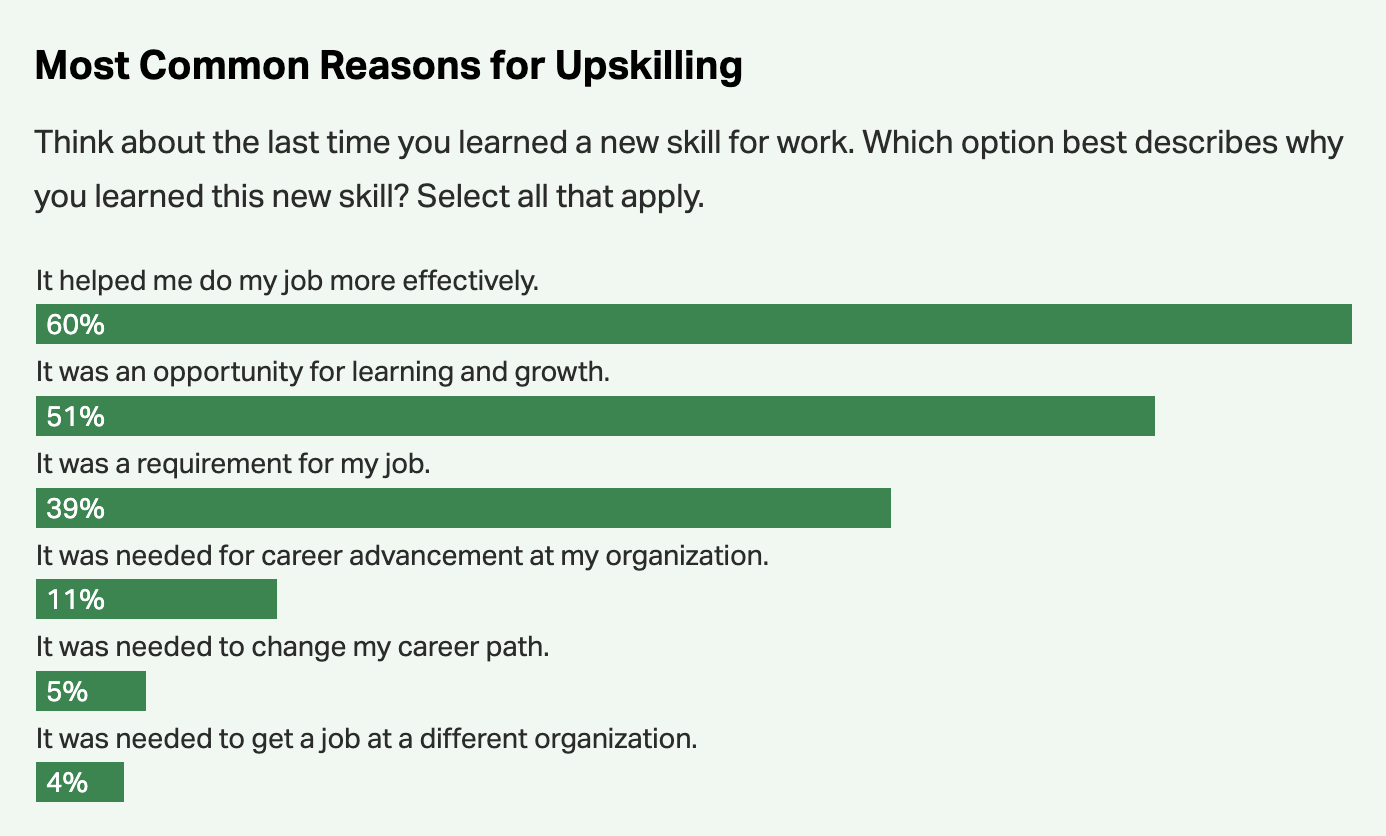To improve health care, focus on fixing the system – not the people
When healthcare improvement efforts fall short, leadership and culture are often blamed. But the underlying systems are often to blame. To achieve better outcomes, increase safety, and improve efficiency, healthcare organizations need to shift their focus to designing systems that support the delivery of the highest quality care.
Over the past three decades, many health systems have attempted to improve the delivery of care in a safer, more efficient, and more cost-effective manner. Many approaches have been used, such as quality improvement, systems change, everyday lean management, and performance improvement. However, when these efforts fall short of their intended goals, two common causes are leadership and culture. Leadership is blamed for not creating the conditions for successful improvement; and culture is blamed for not being conducive enough for improvement to take root.
We, along with many other healthcare leaders and professionals, have spent decades grappling with these two issues. We continually address and analyze them in our publications, offering recipes for leadership or culture change. To ensure success in our improvement programs, we encourage each other to set more ambitious goals, better support our staff, and solicit feedback. At the same time, we call on healthcare workers to change their behaviors to adjust their mindsets, which in turn gradually changes the organizational culture.
However, these approaches have a weakness: they focus on “fixing” people rather than “fixing” systems. Systems need to be improved more than people. In fact, we owe it to frontline physicians who have been saddled with poorly designed and suboptimal systems. We need to shift our focus to designing systems that support the delivery of the highest quality healthcare.
Until the 20th century, healthcare globally operated as a highly localized and individualized craft industry. Care delivery systems in the modern sense did not exist. With the dramatic increase in population in the new era, the ability to scale and standardize clinical care practices defined the transformation of healthcare into a manufacturing industry. This industry is now influenced by the activities of manufacturers such as the automobile industry, high-risk industries such as nuclear power, chemical manufacturing, commercial aviation, and high-speed rail.
Management approaches such as the Toyota Production System, Lean/Six Sigma, and the High Reliability Organization have emerged as key strategies to guide the healthcare industry’s transformation to a manufacturing model. However, while appropriate and unerring in their application to the industry, they often yield only temporary success and incremental improvements.
To better understand why these approaches have not been widely and sustainably effective in optimizing healthcare performance, we looked at industries that appear to have built better systems—not just the high-reliability organizations mentioned earlier, but also companies like Amazon, the Ritz Carlton, and restaurant chains like the Cheesecake Factory. These companies have built reliable production systems, engaged employees and customers to drive daily learning, and continuously optimized system performance. Essentially, those working to improve the performance of these organizations focus less on getting more out of their workforces and more on maximizing what they can get out of their systems. This is an important concept when considering the healthcare industry’s acute burnout challenges and global physician shortages.
One of the most important aspects of systems-focused industries is that they don’t spend time talking to frontline workers about abstract methods, principles, or theories to improve work. Instead, they spend time seeking feedback and understanding challenges so that they can (re)design daily operations to make it easier for frontline workers to do their jobs while improving the effectiveness of the system. If quality and safety are critical to the organization’s output, they can’t be side issues. They have to be built into the very nature of work.
As our industry considers the way forward, we as health care leaders must consider the strains on our workforce – both from the pandemic and from the massive wave of absenteeism – and recognize that nothing creates greater dissatisfaction than working in a system that is not carefully and intentionally designed for success. The burden of improving health outcomes – quality, safety, experience, and cost – simply should not be added to the daily challenges of working in poorly designed systems.
To succeed, we health care leaders need a significant shift in how we approach our work and how we talk about it. Quality and safety are the primary products of health care. Maureen Bisognano, a senior fellow at the Institute for Healthcare Improvement, once said that everyone in health care has two jobs: the job they were hired to do and the job of improving it. We argue that they are essentially the same job: to engage in an effort to continually improve the quality of care for patients and their families.
But how do we actually get there? Have any health systems managed to make this kind of shift and create a system-focused improvement program that everyone owns? The answer is yes … but they are different than traditional health systems. Places like Jefferson Health, serving eastern Pennsylvania and southern New Jersey; Prisma Health, the largest health care organization in South Carolina; and Greater Baltimore Medical Center have all built dynamic operating models that support continuous learning and continuous improvement through system redesign. And many other health care providers have built similar aspects. We call these successful, operationally integrated, technology-enabled approaches care operations systems.
Organizations that take this approach often combine disparate information and improvement initiatives into a practical, technology-enabled management system that improves patient care and reconnects clinicians to their purpose, leading to sustained improvements in a range of outcomes. There is also evidence that focusing on the care delivery system leads to an improved organizational learning culture and engaged staff, which can serve as an antidote to the current burnout crisis in the healthcare workforce.
The administrative and clinical leadership of exemplary organizations often tailor their care delivery systems to the identified needs of their patients and workforce. But all of their delivery systems share common characteristics, behaviors, and principles. Here’s what they look like:
These organizations value and value the commitment and enthusiasm of their staff.
Care delivery systems are embedded in day-to-day operations, helping organizations understand that they need to tap into the intelligence of their employees at scale and celebrate them for their extraordinary resilience and commitment to providing great care. At Jefferson Health, during quarterly all-hands meetings, leadership regularly recognizes individual employees and teams for “great finds”—for example, identifying potential safety risks that lead to large-scale organizational improvements and risk reduction.
They understand that healthcare is a complex field and that a solid default system is needed.
There was a time when healthcare was a relatively simple system. With fewer medications and fewer team members, clinicians a century ago had fewer opportunities for errors and miscommunication. But in today’s healthcare industry, dozens of people regularly work together in ever-changing teams, delivering an ever-expanding array of lifesaving interventions.
Exemplary organizations understand that this complexity requires a system to support that workforce. At Jefferson Health Abington Hospital in Abington, Pennsylvania, unit-level leaders have an electronic dashboard that provides real-time information that guides the entire care team toward critical unit- and system-level priorities for the day’s shift. Complex industries have a motto (borrowed from James Clear’s Atomic Habits) that healthcare leaders would do well to learn: “You don’t rise to the level of the goal. You fall to the level of the system.”
They recognize that organizational efforts to “improve culture” without solid systems rarely lead to sustained performance improvement.
For a system to continually improve, it needs to have a culture of learning and improvement. But seeking a culture of transformation without building the systems that enable it is like trying to make music without an instrument.
They fail to see safety, equity, and patient experience as separate entities.
At the frontline of patient care—where the real value is created—healthcare organizations need to integrate their systems for safety, quality, equity, experience, and performance into a single, highly effective operating system. Managing each area separately makes the overall management less effective. To achieve this, the operations, quality, and information systems leaders at Greater Baltimore Medical Center created unit-wide dashboards to track the experience of pain in obstetric care, avoidable cesarean sections, and other obstetric complications, and then used a clinical improvement process to systematically reduce those complications.
Their quality and safety teams are focused on improving the system.
At the heart of these operational systems is a daily workflow, in which people continually seek feedback on how the system is performing. This allows real system problems to be identified, triaged, and addressed immediately. In these organizations, quality teams are not viewed as passive, simply monitoring or tracking scores; they are viewed as the most passionate advocates for frontline clinicians.
Their clinicians receive information and guidance about the system in their native language.
In the past, healthcare organizations have unintentionally created barriers between frontline healthcare workers and specialized terminology that has little to do with everyday clinical language. This makes it difficult for staff to understand and apply. At Jefferson Health, they solve this problem by dividing the process into two phases: “backstage” and “onstage.” In the “backstage,” experts research and redesign care processes using highly technical language. They then translate this information into simple, culturally appropriate language and terminology commonly used by clinicians who are directly treating patients (called “onstage”). All of this information is brought together under a single program called “OnPoint” – Jefferson Health’s healthcare operations system. This makes it easy for frontline healthcare workers to engage with OnPoint every day and improve their work with clear, easy-to-understand language.
They believe in true transparency.
Many hospitals are reluctant to be transparent with patients, worrying that patients will not understand, complain constantly, or even sue. But that is not the case. On the contrary, hospitals that value quality care regularly make information about treatment outcomes relevant to patients and caregivers public. Treatment effectiveness data is easy to understand and accessible to frontline healthcare workers, hospital leaders, and patients. For example, Medstar Health’s “Communicate and Resolve” (CANDOR) program, a health system serving Maryland, Virginia, and Washington, D.C., is a leading provider of information on treatment outcomes. – shows that reporting potentially harmful medical events, apologizing for incidents, and being transparent with patients after unexpected outcomes can increase trust, reduce complaints, and ultimately lead to safer care.
As health system leaders, we are always pursuing important goals, including improving patient health, providing better patient and health care worker experiences, and improving operational efficiency. Operations systems like the examples mentioned above help achieve these goals in a way that becomes habitual and natural. Operations systems become the background, quietly supporting, while the highlight is the polite, simple, and effective human-to-human interactions that stand out. This is the core of what we want our health care teams to achieve: providing and receiving the best possible care. This purpose has always been the highest compass of the medical profession, what those of us who work in this field are best at, love most, and what the world needs.







